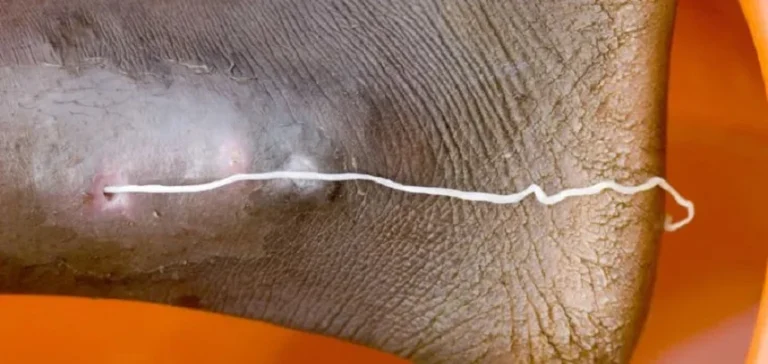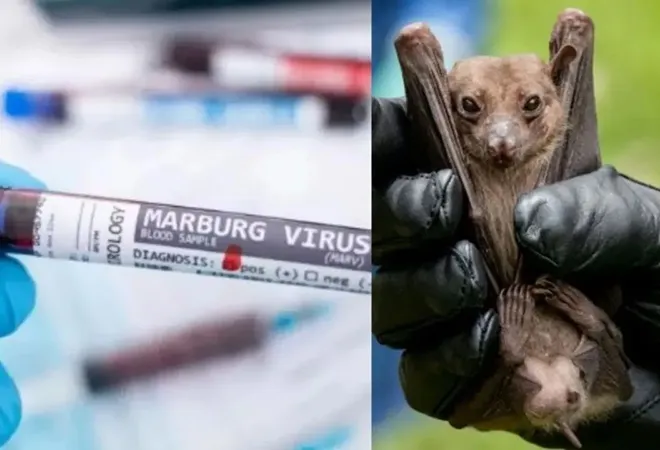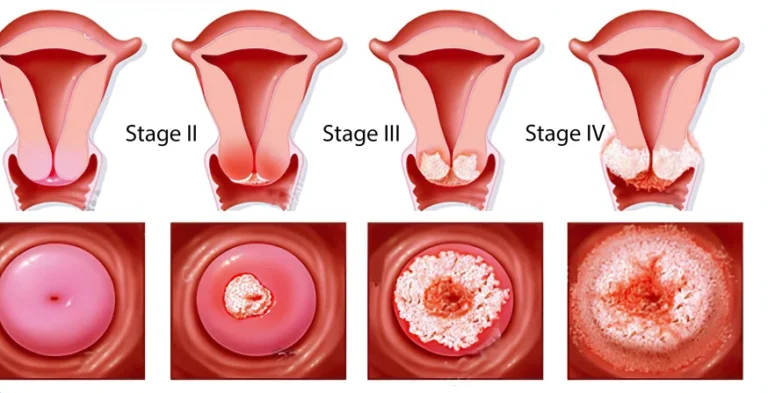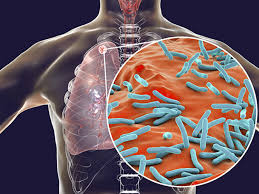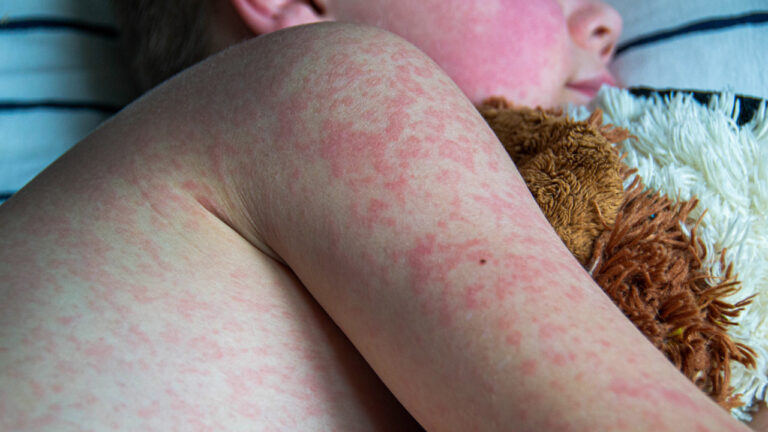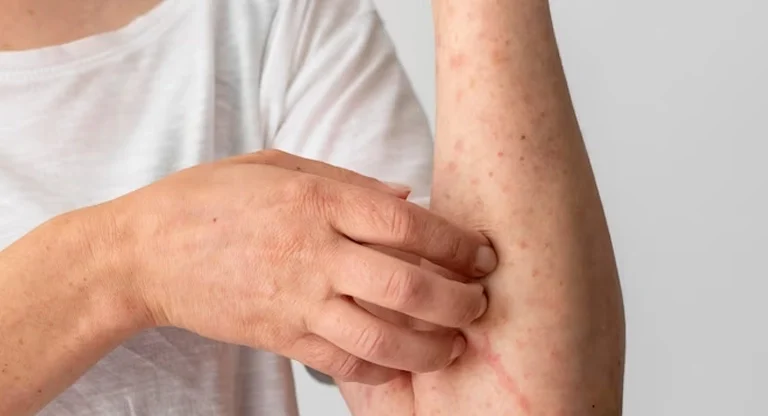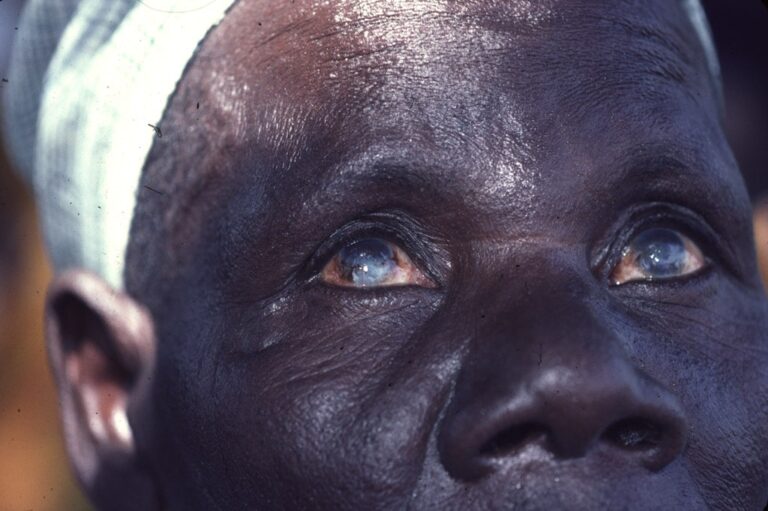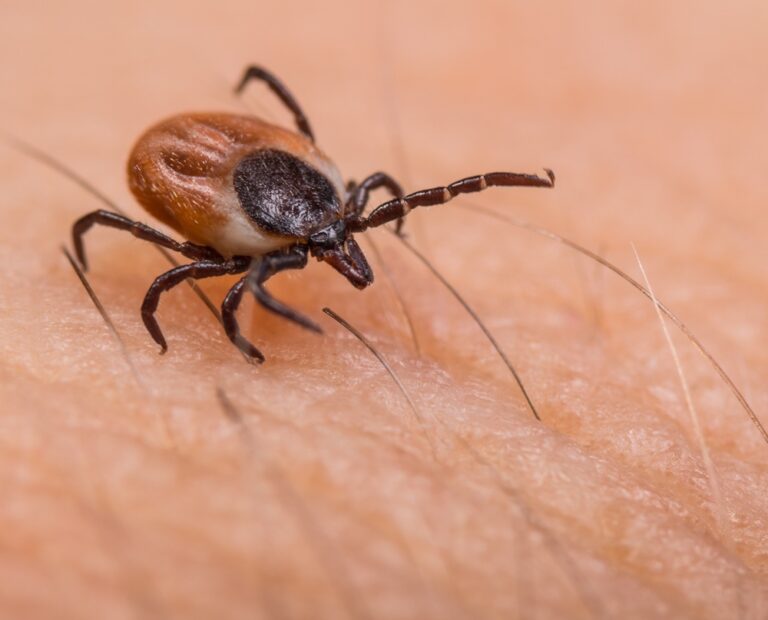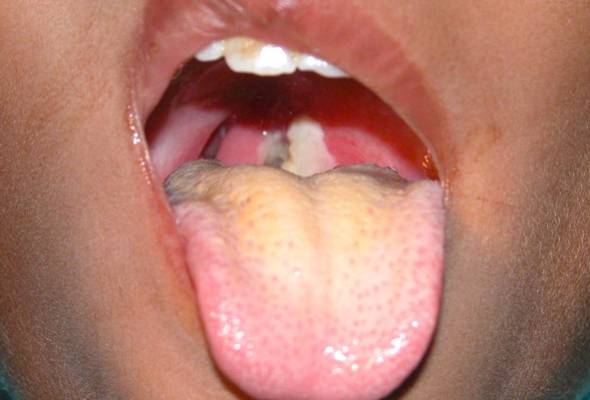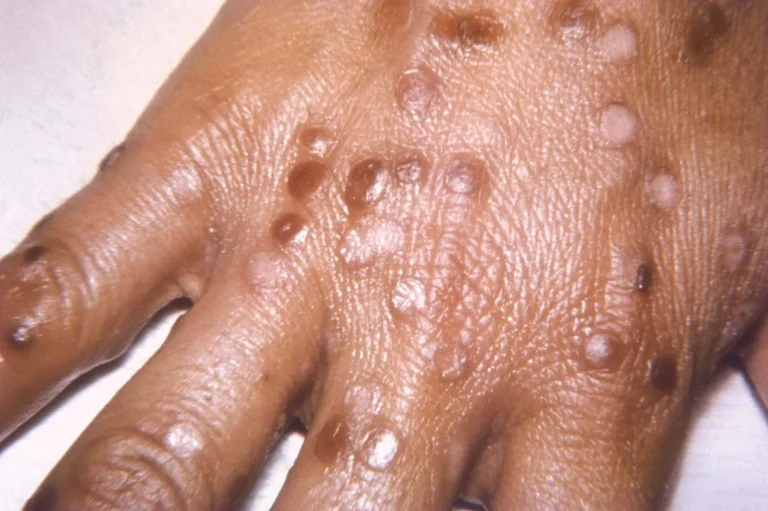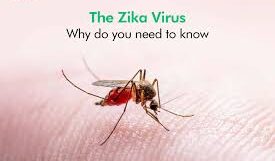Mpox
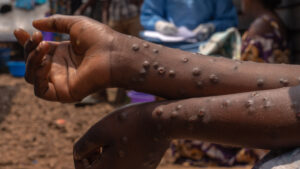
Mpox, previously known as monkeypox, is a viral zoonotic disease (a disease transmitted from animals to humans) that can also spread from person to person. While historically occurring primarily in Central and West Africa, recent outbreaks have seen cases reported globally, raising international concern.
Understanding Mpox:
- Causative Agent:
- Mpox virus, a member of the Orthopoxvirus genus in the family Poxviridae.
- Mpox virus, a member of the Orthopoxvirus genus in the family Poxviridae.
- Reservoir Host:
- While the exact reservoir is not fully understood, various animals, particularly rodents, are suspected.
- While the exact reservoir is not fully understood, various animals, particularly rodents, are suspected.
- Transmission:
- Animal-to-Human:
- Through bites or scratches from infected animals.
- Direct contact with infected animal’s blood, bodily fluids, or lesions.
- Consumption of inadequately cooked meat from infected animals.
- Through bites or scratches from infected animals.
- Human-to-Human:
- Close physical contact with an infected person’s lesions, bodily fluids (including respiratory secretions), or contaminated materials (e.g., bedding, clothing).
- Sexual contact.
- Respiratory droplets, although this is thought to require prolonged face-to-face contact.
- Placental transfer from a pregnant person to their fetus.
- Close physical contact with an infected person’s lesions, bodily fluids (including respiratory secretions), or contaminated materials (e.g., bedding, clothing).
- Animal-to-Human:
Symptoms:
Mpox symptoms can be categorized into distinct phases:
- Incubation Period:
- Typically 5-21 days, during which there are no symptoms.
- Prodromal Phase (0-5 days):
- Fever
- Headache
- Muscle aches
- Backache
- Swollen lymph nodes (lymphadenopathy), a distinguishing feature compared to other similar illnesses.
- Chills
- Fatigue
- Fever
- Rash Phase (1-3 days after fever):
- The characteristic rash develops, starting on the face and spreading to other parts of the body, including the palms of the hands and soles of the feet.
- Lesions progress through stages:
- Macules (flat, discolored spots)
- Papules (raised bumps)
- Vesicles (fluid-filled blisters)
- Pustules (pus-filled blisters)
- Scabs (crusts)
- Macules (flat, discolored spots)
- The lesions can be painful.
- The characteristic rash develops, starting on the face and spreading to other parts of the body, including the palms of the hands and soles of the feet.
Diagnosis:
- Mpox diagnosis involves:
- Clinical assessment of symptoms and lesions.
- Laboratory testing of samples from lesions (e.g., fluid or tissue), or blood samples, typically using polymerase chain reaction (PCR).
Treatment:
- Most cases of Mpox resolve on their own within 2-4 weeks.
- Treatment focuses on supportive care to manage symptoms, including:
- Pain relief.
- Fever reduction.
- Hydration.
- Skin care.
- Antiviral medications, such as tecovirimat, may be considered for severe cases or in individuals with weakened immune systems.
- Vaccination:
- Vaccines developed for smallpox have been shown to be effective in preventing Mpox.
- Vaccines developed for smallpox have been shown to be effective in preventing Mpox.
Prevention:
- Public Health Measures:
- Prompt identification and isolation of cases.
- Contact tracing.
- Raising awareness about Mpox risks and prevention.
- Individual Precautions:
- Avoiding close contact with people who have Mpox symptoms.
- Practicing safe sex.
- Avoiding contact with wild animals or consuming bushmeat.
- Practicing good hand hygiene.
- Using personal protective equipment (PPE) when caring for infected individuals.
- Avoiding close contact with people who have Mpox symptoms.
- Vaccination is recomended for people who are considered at high risk.
Public Health Importance:
- Although Mpox is often self-limiting, it can cause severe illness in some individuals.
- The recent global spread highlights the importance of international surveillance and response efforts.
- Continued research is needed to better understand the transmission and prevention of Mpox.
It’s important to stay informed about Mpox from reputable sources, such as the World Health Organization (WHO) and national health authorities.
I hope this information is helpful.



